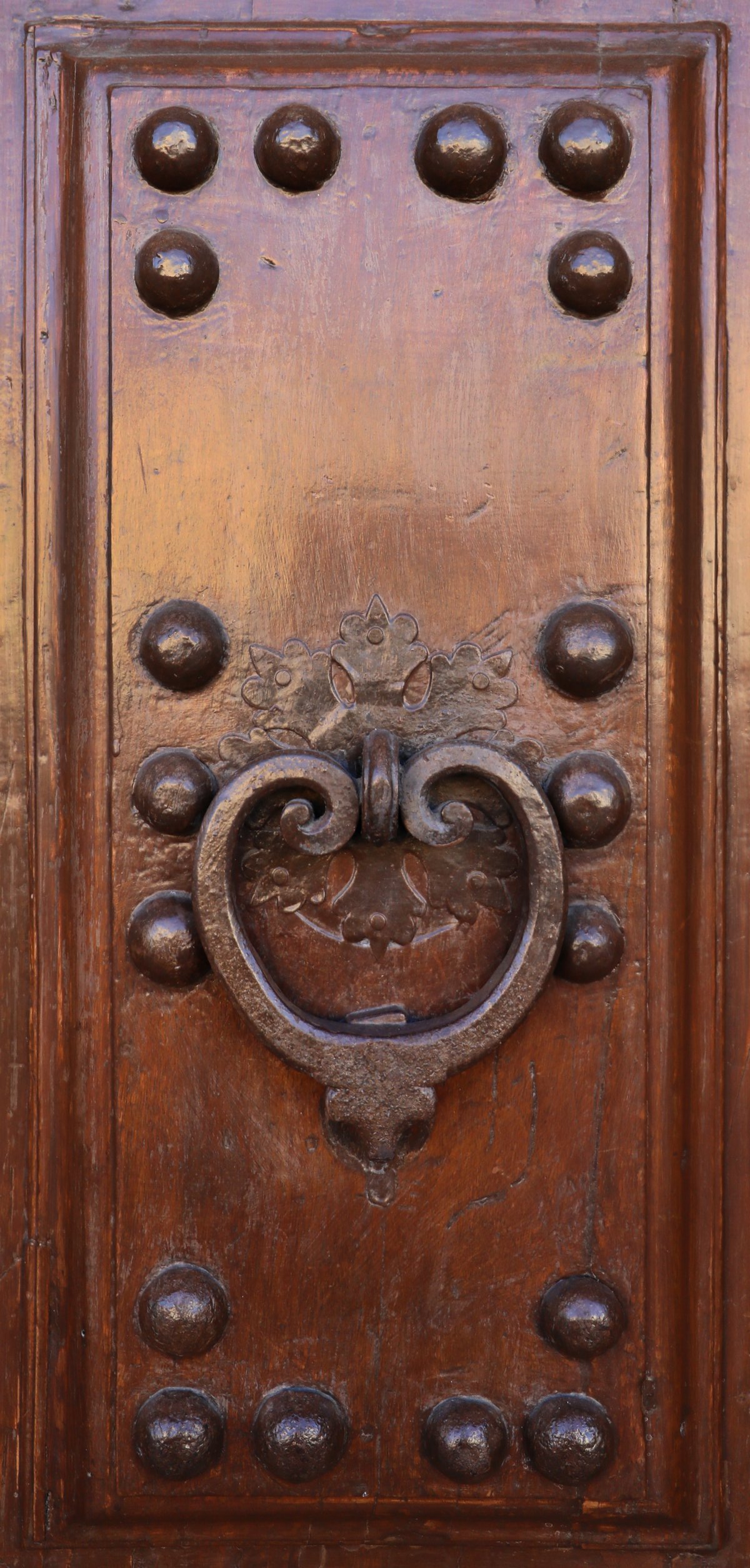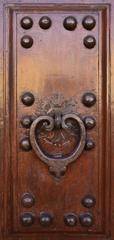
Palazzo dell’Antella Visitor Guide: Hours, Tickets & Florence Historical Sites
Date: 14/06/2025
Introduction
Palazzo dell’Antella, with its striking Baroque façade and rich history, is a jewel of Florence’s Piazza Santa Croce. Renowned for its nearly 40-meter-long frescoed exterior and its integration into the cultural heart of the city, this early 17th-century palazzo offers a unique lens into Florence’s civic aspirations, artistic heritage, and evolving urban landscape. This guide provides comprehensive information on visiting hours, tickets, accessibility, guided tours, and essential travel tips, alongside insights into the palazzo’s artistic and historical significance. Whether you are an art enthusiast, a history lover, or a traveler exploring Florence, use this resource to plan your visit and discover the enduring legacy of Palazzo dell’Antella.
Table of Contents
- Introduction
- Historical Overview
- Artistic and Architectural Highlights
- Visiting Information
- Nearby Attractions
- Social and Cultural Significance
- Preservation and Modern Relevance
- Notable Events and Curiosities
- Frequently Asked Questions (FAQ)
- Visuals and Media
- Summary and Call to Action
- References
Historical Overview
Origins and Development
Located on the southern side of Piazza Santa Croce, Palazzo dell’Antella originated as a cluster of medieval homes and workshops. In the late 16th and early 17th centuries, Niccolò dell’Antella, a prominent Florentine merchant, began unifying these structures into a single, imposing palazzo—a move that reflected both the ambitions of Florence’s merchant elite and the city’s tradition of family-driven urban development (Visit Florence; Museo di Santa Croce).
Baroque Transformation
Between 1619 and 1620, the palazzo underwent a dramatic Baroque makeover. Niccolò dell’Antella commissioned architect Giulio Parigi and painter Giovanni da San Giovanni to redesign and decorate the façade. The result was a visually unified frontage—despite its origins as several separate buildings—employing illusionistic effects and a rich decorative program that set a new standard for civic architecture in Florence (Florence Inferno; travelingintuscany.com).
Artistic and Architectural Highlights
The Façade Frescoes
The façade is the palazzo’s most celebrated feature. Created between 1619 and 1620 by a team of thirteen artists led by Giovanni da San Giovanni, with key contributions from Domenico Passignano and Matteo Rosselli, the frescoes were executed in just twenty days (Italyscapes; Wikipedia). The decorative scheme includes:
- Allegorical figures (e.g., Justice, Prudence, Abundance)
- Putti and mythological scenes
- Floral motifs and arabesques
- A central bust of Cosimo II de’ Medici, symbolizing Medici patronage and influence
The upper and lower sections were painted in remarkably short timeframes—fifteen and eight days, respectively—demonstrating the collective skill of the artists (travelingintuscany.com).
Symbolism and Patronage
The frescoes not only display artistic virtuosity but also reflect the aspirations of the dell’Antella family and their ties to the Medici. The iconography, with classical virtues and Medici heraldry, underscores themes of civic pride, prosperity, and allegiance to Florence’s ruling dynasty (Florence Inferno; Italyscapes).
Architectural Innovations
The façade employs trompe-l’œil effects, with windows set closer together near the basilica to create the illusion of a broader, more imposing building. Painted architectural elements blur the boundaries between structure and ornament, while the ground-floor arcades once hosted shops, reflecting the commercial vibrancy of the piazza (travelingintuscany.com).
Visiting Information
Hours and Access
- Façade Viewing: Accessible at any time; Piazza Santa Croce is a public square.
- Interior Access: Limited; usually only available during special events or private tours.
- Official Opening Hours (for guided tours): Tuesday–Sunday, 10:00 AM–6:00 PM (last entry 5:30 PM). Closed Mondays and on public holidays.
- Check with official tourist offices or websites for current updates.
Tickets and Admission
- Façade: Free to view; no ticket required.
- Interior Guided Tours: Available by appointment; typically €10–€15. Purchase online via authorized vendors or at tourist information points (Italyscapes).
Accessibility
- Ground floor and piazza: Wheelchair accessible.
- Upper floors: May have limited access due to historic constraints; inquire in advance if you have mobility concerns.
Guided Tours
Guided walking tours of Florence’s historic center often include Piazza Santa Croce and the palazzo’s exterior, offering rich historical and artistic context. These can be booked online or through local operators (trip.com).
Visitor Tips
- Best times: Early morning or late afternoon for optimal lighting and smaller crowds.
- Footwear: Comfortable shoes recommended; Florence’s stone streets can be uneven.
- Safety: Be mindful of belongings, especially during festivals and large events (lonelyplanet.com).
- Photography: Handheld devices welcome; tripods require permits.
Nearby Attractions
- Basilica di Santa Croce: Adjacent to the palazzo; renowned for tombs of Michelangelo and Galileo (Visit Florence).
- Uffizi Gallery: 10 minutes’ walk; treasury of Renaissance art.
- Museo Nazionale del Bargello: Celebrated for sculpture collections.
- Seasonal Artisan Markets: Held in and around Piazza Santa Croce.
Social and Cultural Significance
Palazzo dell’Antella’s location and history position it at the heart of Florence’s civic and religious life. Its arcades historically supported commerce, while loggias and balconies provided vantage points for public festivities. The palazzo’s evolution, from a merchant family residence to a symbol of urban harmony, mirrors Florence’s tradition of integrating art, architecture, and public identity (Mandragora; Italian Traditions).
Preservation and Modern Relevance
Ongoing restoration campaigns aim to preserve the frescoes from the effects of weather and pollution. The palazzo remains a vibrant part of Piazza Santa Croce, with ground-floor spaces housing shops and cafes, and its façade a favorite subject for photographers and artists (Florence Inferno).
Notable Events and Curiosities
- Optical Illusion: The façade’s asymmetrical window spacing is a deliberate Baroque trick, designed for perfect symmetry when viewed from the piazza’s center (Florence Inferno).
- Historical Transitions: Ownership shifted through several prominent Florentine families after the extinction of the dell’Antella line in 1698, each leaving architectural and artistic marks (Mandragora).
Frequently Asked Questions (FAQ)
Q: Can I visit the interior of Palazzo dell’Antella?
A: Interior access is limited; typically available only during special guided tours or events. Check with local tourism offices.
Q: Do I need tickets to see the façade?
A: No; the façade is viewable from the public piazza free of charge.
Q: Is the site accessible to those with disabilities?
A: The piazza and ground-floor arcades are accessible; upper floors may have limitations.
Q: Are guided tours available?
A: Yes; many walking tours of Florence include Piazza Santa Croce and the Palazzo’s exterior.
Q: What is the best time to visit?
A: Early mornings or late afternoons provide optimal light and fewer crowds.
Visuals and Media
Explore virtual tours and detailed photographs of the Palazzo’s façade through official Florence tourism sites. For online content, use alt tags such as “Palazzo dell’Antella frescoed façade in Florence historical sites” to maximize accessibility and search visibility.
Summary and Call to Action
Palazzo dell’Antella is a highlight of Florence’s architectural and artistic landscape. Its façade, an emblem of Baroque creativity and civic pride, is a must-see for visitors to Piazza Santa Croce. While interior access is rare, the palazzo’s exterior offers a compelling glimpse into Florence’s past and present. Pair your visit with nearby landmarks for a rich cultural itinerary, and make use of official travel resources for the latest information on tours and events.
To further enhance your experience, download the Audiala app for audio guides, interactive maps, and exclusive content. Check official tourism sites for current hours and event schedules, and don’t forget to explore our guides to Florence’s other masterpieces.
References
- Visit Florence
- Florence Inferno
- Italyscapes
- Traveling in Tuscany
- Mandragora
- Wikipedia
- Italian Traditions
- About Florence
- Trip.com
- European Traveler
- Florencewise.com
- Anna Everywhere
- Lonely Planet







































































